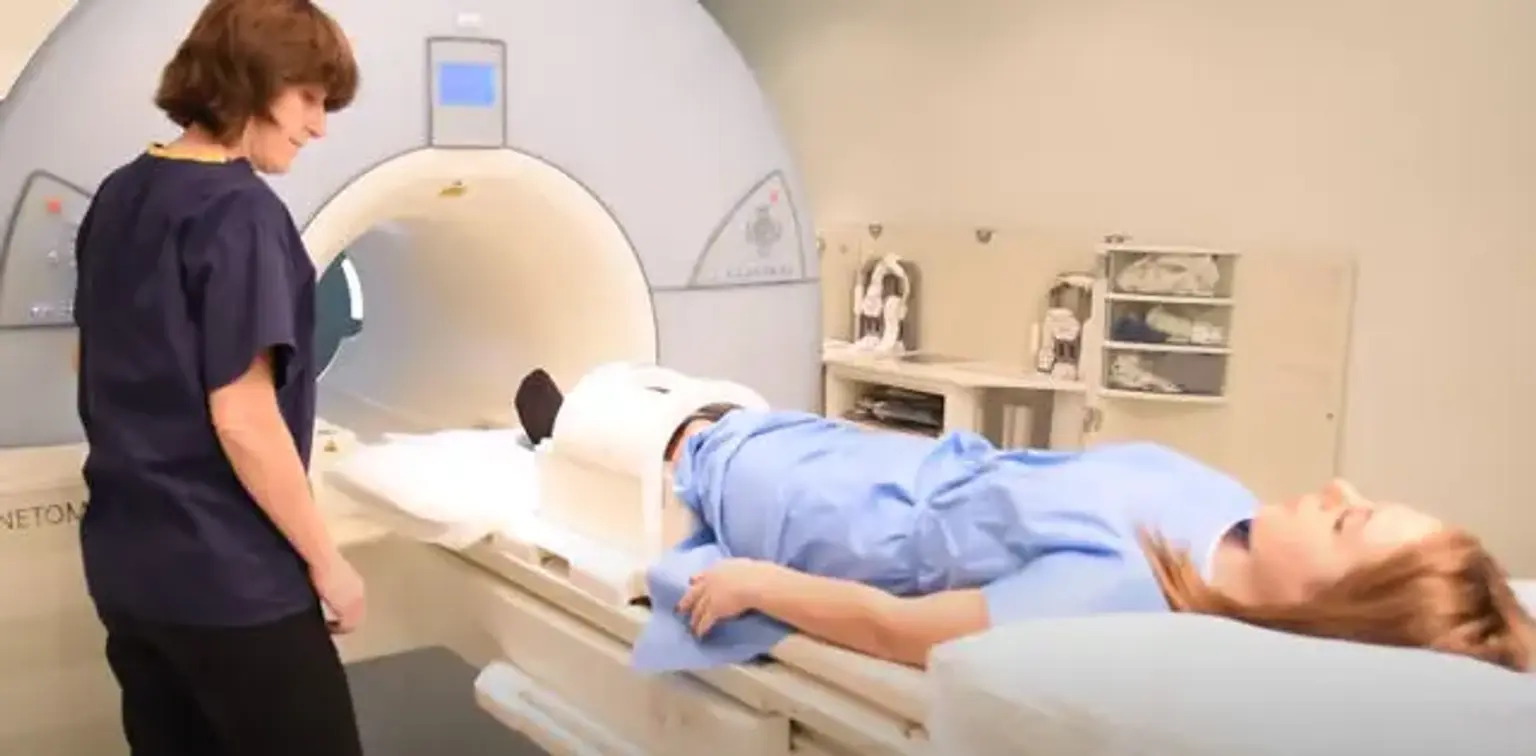MRI (Spine, Knee)
An MRI is an imaging scan that combines magnets and radio waves to obtain images within the body. This is without the creation of a surgical cut or incision. This test may be done in any region of the body. A spine MRI evaluates the spine and the nearby tissues, while an MRI knee examines the knee and the surrounding areas in detail.
An MRI allows your doctor to view the soft tissues, blood vessels, as well as bones. Hence, it makes it easy for them to examine the parts of the spine or the knee that may have been damaged in physical activity or due to wear and tear.
